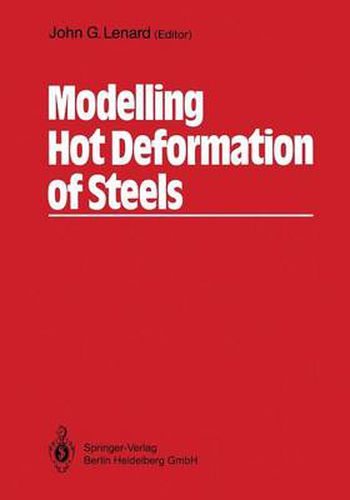Readings Newsletter
Become a Readings Member to make your shopping experience even easier.
Sign in or sign up for free!
You’re not far away from qualifying for FREE standard shipping within Australia
You’ve qualified for FREE standard shipping within Australia
The cart is loading…






This title is printed to order. This book may have been self-published. If so, we cannot guarantee the quality of the content. In the main most books will have gone through the editing process however some may not. We therefore suggest that you be aware of this before ordering this book. If in doubt check either the author or publisher’s details as we are unable to accept any returns unless they are faulty. Please contact us if you have any questions.
Computer Aided Engineering may be defined as an approach to solving tech nological problems in which most or all of the steps involved are automated through the use of computers, data bases and mathematical models. The success of this ap proach, considering hot forming, is tied very directly to an understanding of material behaviour when subjected to deformation at high temperatures. There is general agreement among engineers that not enough is known about that topic -and this gave the initial impetus for the project described in the present study. The authors secured a research grant from NATO (Special Research Grant #390/83) with a mandate to study the State-of-the-Art of Controlled Rolling . What follows is the result of that study. There are five chapters in this Monograph. The first one, entitled State-of-the Art of Controlled Rolling discusses industrial and laboratory practices and research designed to aid in the development of microalloyed steels of superior quality. Follow ing this is the chapter Methods of Determining Stress-Strain Curves at Elevated Temperatures . The central concern here is the material’s resistance to deformation or in other words, its flow strength, the knowledge of which is absolutely essential for the efficient and economical utilization of the computers controlling the rolling process.
$9.00 standard shipping within Australia
FREE standard shipping within Australia for orders over $100.00
Express & International shipping calculated at checkout
This title is printed to order. This book may have been self-published. If so, we cannot guarantee the quality of the content. In the main most books will have gone through the editing process however some may not. We therefore suggest that you be aware of this before ordering this book. If in doubt check either the author or publisher’s details as we are unable to accept any returns unless they are faulty. Please contact us if you have any questions.
Computer Aided Engineering may be defined as an approach to solving tech nological problems in which most or all of the steps involved are automated through the use of computers, data bases and mathematical models. The success of this ap proach, considering hot forming, is tied very directly to an understanding of material behaviour when subjected to deformation at high temperatures. There is general agreement among engineers that not enough is known about that topic -and this gave the initial impetus for the project described in the present study. The authors secured a research grant from NATO (Special Research Grant #390/83) with a mandate to study the State-of-the-Art of Controlled Rolling . What follows is the result of that study. There are five chapters in this Monograph. The first one, entitled State-of-the Art of Controlled Rolling discusses industrial and laboratory practices and research designed to aid in the development of microalloyed steels of superior quality. Follow ing this is the chapter Methods of Determining Stress-Strain Curves at Elevated Temperatures . The central concern here is the material’s resistance to deformation or in other words, its flow strength, the knowledge of which is absolutely essential for the efficient and economical utilization of the computers controlling the rolling process.